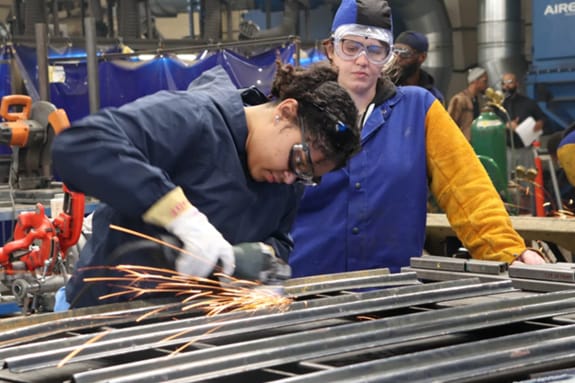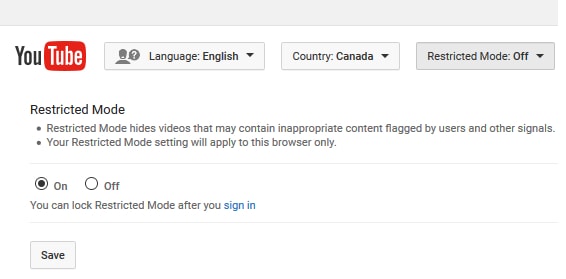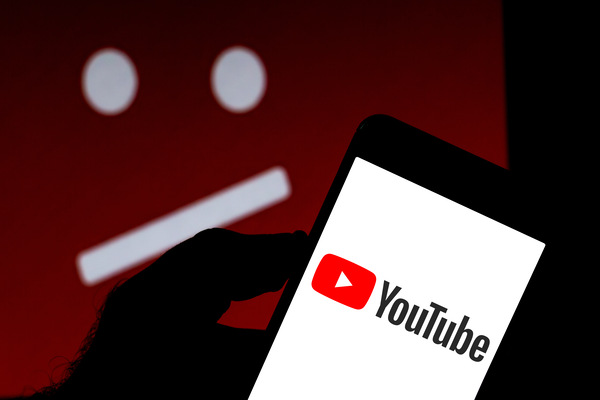How Can You Help Your Children Learn Writing Skills?
Writing is an artwork that craves creative minds and passion from the heart. Writing is also a key to improving communication and confidence levels at all stages. Perhaps that is why parents desire to make it a priority to help our children learn writing skills and ensure they gain the aptitude to shine like a pro.
Writing has so many valuable benefits throughout life. It’s a powerful tool of communication, as well as an empowering internal tool those those who use journalism to work out their thoughts. Of course, the educational benefits for excelling in school can’t be ignored, such as writing an essay. It also improves reading comprehension.
According to research, most children are pretty bad at writing, while others are born with natural talent. In either case, if you are anxious about your child’s growth in this area and want to help your children learn the art of writing, here are some tips to consider.
Top Tips To Improve Your Children’s Writing
It is a reality that today’s children have become sharp-minded and brilliant in our current fast-paced environment. There are many things they can learn to do without your assistance. But this should never be taken for granted when it comes to boosting your children’s writing skills. There is too much at stake to ensure they have the academic skills to truly succeed.
Schedule a reading session
According to research, reading is the key to better communication, logical thinking, decision-making skills, socializing, and writing. When someone reads, their mind connects with an aura in their head, and they get open to the world of information. Not just this, reading can also entice one to get to know about different writing styles. So, try to schedule a reading session for your children so they can learn the world through manually written words. You can arrange a series of books according to their grade level. Also, ask them to read aloud to perceive the words better.
Help them explore new topics of their choice.
Yet another best tip to consider when planning to improve your child’s writing skills is to help them explore new topics. Many people become spoon feeders that revolve around a particular thing and cannot think or function out of the box. One reason can be their focus that is only putting a flash in one direction. You should note that it is human nature that when you give a daily dose of the same thing to your mind, your mind will make a habit of it, and you cannot think or perceive beyond that. So, ask or put effort into helping your children explore different topics to become versatile in writing.
Ask them to rewrite
Writing skills always start from rewriting. It is the process that refers to reading or understanding a topic or content and jotting it down in your words. For instance, you have read a topic on using anti plagiarism tools. After reading and understanding the whole thing, you have to sit back and pen those things in your words. You can do this by changing the structure and word usage by keeping the same meaning. You can ask children to do rewriting to improve their writing skills.
Talk about the ideas they have in their mind.
Yet another extraordinary thing to consider to boost your children’s writing skills is making a conversation about their ideas. After the reading session, you can take a session of this to discuss what they think about the topic, how they felt about the story or character while reading, and other related things. You can also ask them questions about all the productive and adorable things they might have stuck in their minds. In this way, you can make their minds open and sharp.
Make a strict rule for avoiding plagiarism.
Plagiarism is a thing that can ruin your children’ writing skills. If they develop a propensity to plagiarizing other work, they can never attain a good writing level. So, it would be good to make a strict rule for plagiarism occurrence. This is especially true when researching other writings for school or even when writing for fun. Ask them to use a plagiarism checker free. Also, ensure them that you will use the plagiarism detector aid to keep a check on them, too.
Let them go for spell and grammar checks.
What’s more, slang when your children make grammar mistakes? Of course, they are already educated in their schools about this. But the completion of it while writing is not possible at the initial stages. To help your children avoid mistakes and boost their writing skills, ask them to use grammar checking tools and apps. You can ask them to drop their written text in the grammar checker and run it to pull out mistakes. Most of these grammar checking aids show the errors because you can replace them with suggestions. When your children do this, they can better learn what mistakes they make and how to avoid them.
End Words
As we try to give you a detailed guide on how you can help your children improve their writing, you should instill in them that writing is a basic thing they should learn. It can be easy if they learn the art of writing and how to enjoy the process.












